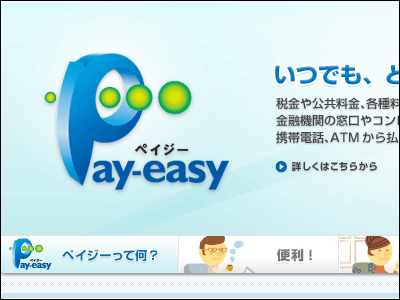A 'dark pattern' that deliberately tricks users with web service billing and how to avoid it

I Analyzed SaaS Billing Dark Patterns --The Cotton Gin
https://quolum.com/blog/saas/i-analyzed-saas-billing-dark-patterns/
When selling products or providing services on the Internet, we may intentionally adopt designs that are misleading to users. This is called the 'dark pattern' of design and has been a problem in recent years. To deal with this situation, laws are being enacted in the United States to regulate dark patterns.
According to Quolum, the SaaS industry often uses dark patterns in billing. The following are examples of dark patterns often used by SaaS.
◆ 1: Move from free trial to paid version without notification
Many SaaS offer free trials before purchasing a product, but there are also cases where credit card information is required when offering the free version. However, in reality, credit card information is not required to use the free version, and SaaS that takes such a process can be aimed at 'immediately transition to the paid version after the period of the free version has passed'. There is sex. In other words, SaaS assumes that the user's 'forgetting to cancel' will lead to profits, and even if the user who notices the forgetting to cancel contacts SaaS and asks for a refund, 'I agree to the terms of use' is shielded. Refunds may be refused.
◆ 2: Transactions are executed without the user's knowledge
SaaS offers various payment plans such as 'annual lump sum payment' and 'monthly purchase'. However, the 'monthly purchase' that I thought was a one-time payment was actually 'repeatedly billed on the same day every month.' Since SaaS does not mention payments for the following months when sending the first month's bill, users are unaware that the bill will be repeated, and after a few months, they will first notice 'What is this bill?' By looking at the usage statement. that's right.
It has been pointed out that the same thing happens with Amazon Web Services.
* Uses AWS once for a side project *
— Randall Kanna (@RandallKanna) October 14, 2021
Billed forever.
◆ 3: Credit card abuse
1 and 2 are annoying but legal for the user. However, it has been pointed out that some SaaS can be illegally used to deceive users. Generally, credit card transactions are carried out in the following process.
1. 1. Credit card approval
First, the seller's bank sends an approval request to the credit card owner's bank to ensure that the credit card is legitimate and that the credit card owner has enough money. increase. Specifically, the seller charges only $ 1 (about 110 yen) and cancels the charge as soon as approval is given to verify the validity of the card.
2. Credit card capture and clearing
The seller uses the approval obtained above to confirm the transaction.
3. 3. Credit card payment
When the settlement is made, the money actually goes from the buyer to the seller and the contents of the loan are changed. This is the final stage of credit card transactions.
Some SaaS require users to enter their credit card information when registering for a free trial, spend $ 1 to verify the card, and then not immediately refund, but with this approval, charge for a higher paid version. And that.

◆ 4: Payment is incurred for services that are not available
Some SaaS has a lot of setting work to be done after registration, and you cannot start using it immediately. For this reason, you may incur charges even though you have registered for SaaS, but SaaS is not yet available for months of registration. Quolum points out that such cases are also a dark pattern.
According to Quolum's research, many companies are not fully utilizing the many features of SaaS. For this reason, the way SaaS recognizes the growth of its services is not the 'service utilization' but the annual 'revenue retention rate'. The reality is that the above practices are practiced in order to maintain a high profit retention rate. At the beginning of the year, Quolum recommends the following as 'a way to avoid the dark pattern of SaaS billing'.
1. 1. Do not provide credit card information when registering for a trial
2. Setting a notification email when registering
3. 3. Use a well-known payment service such as ' Stripe'
Four. Check if there is a clear cancellation policy
Five. Check the procedure for deleting the account
Related Posts:
in Web Service, Design, Posted by darkhorse_log







